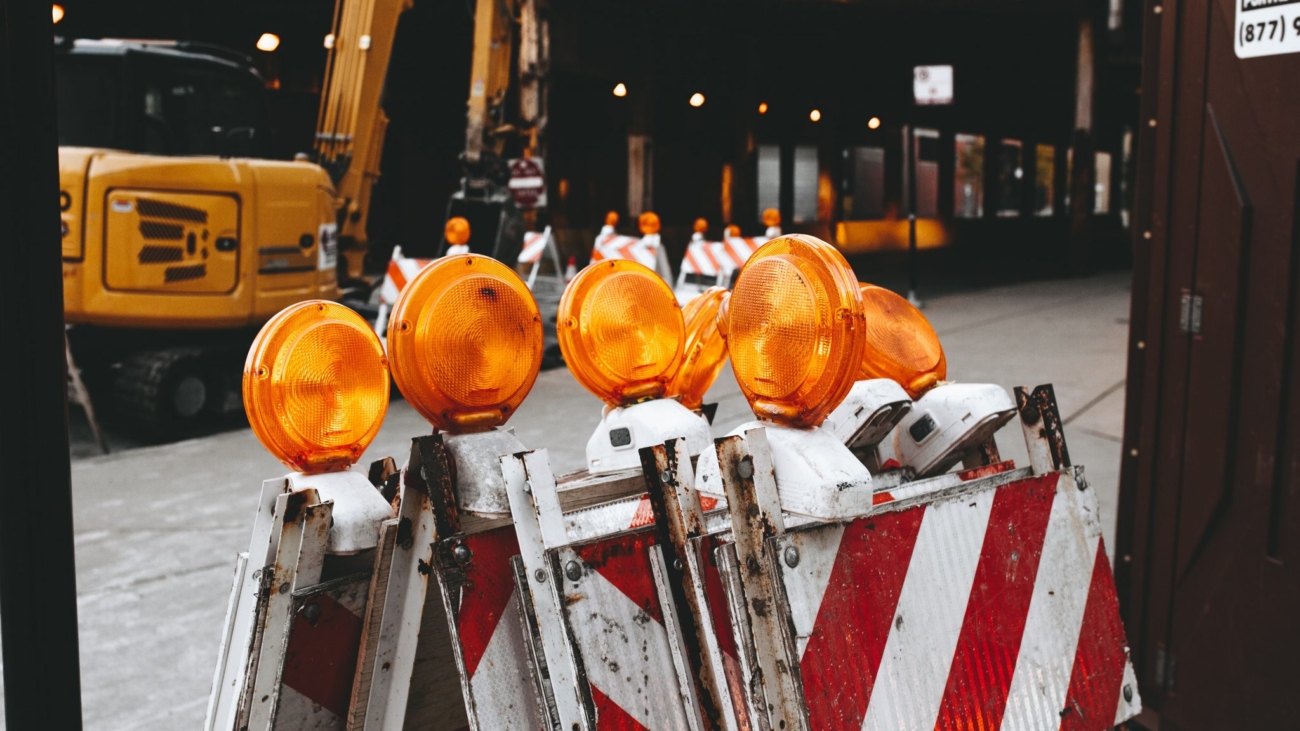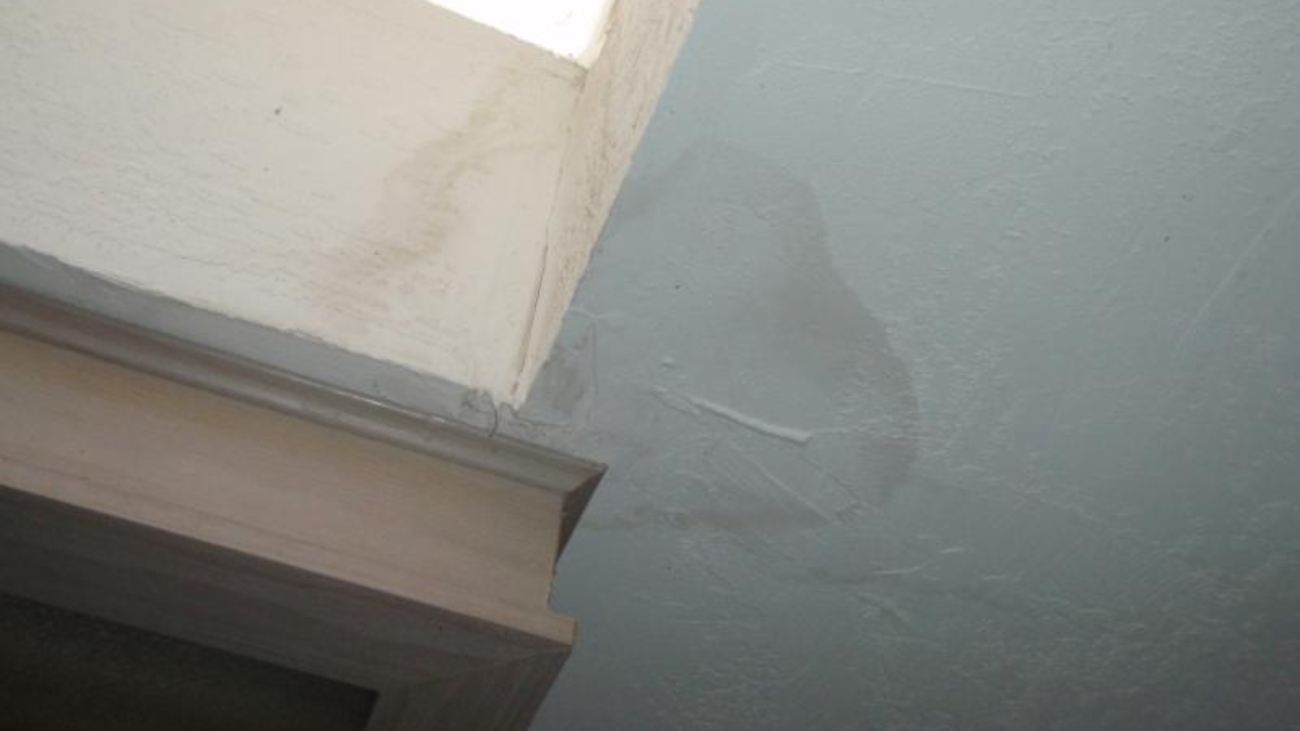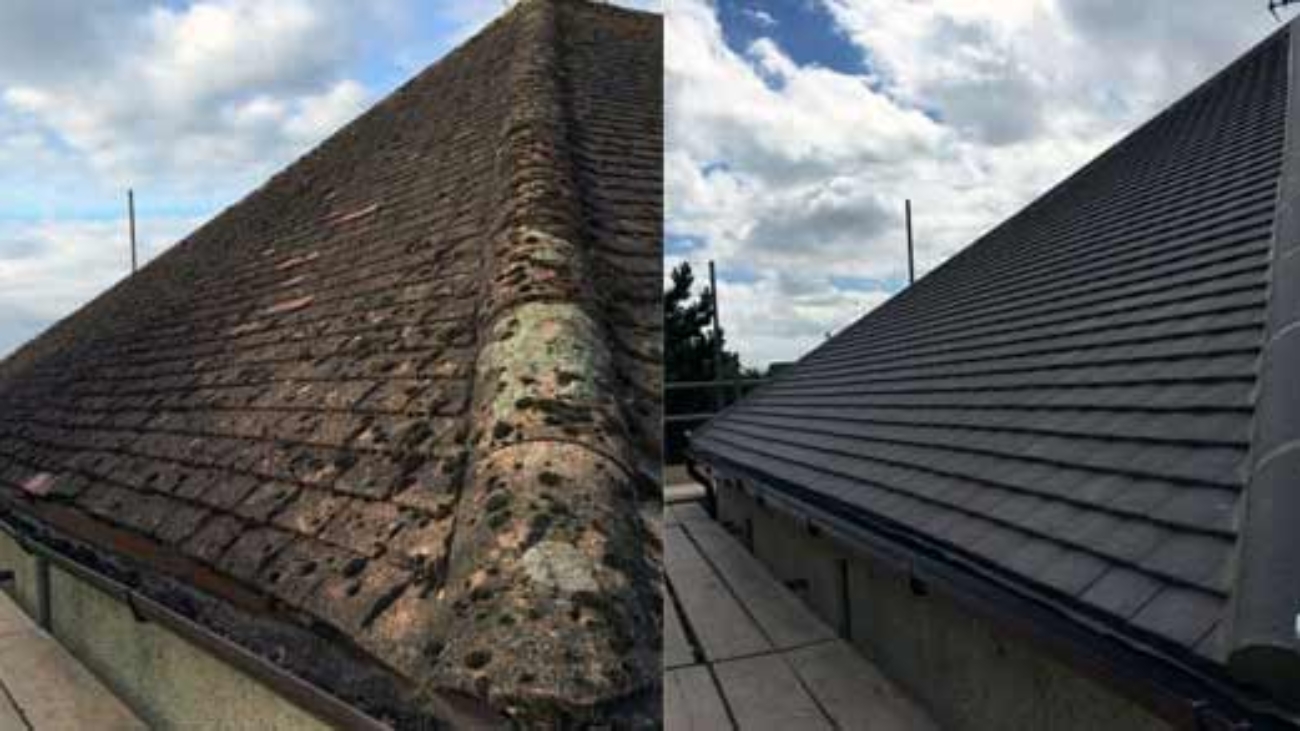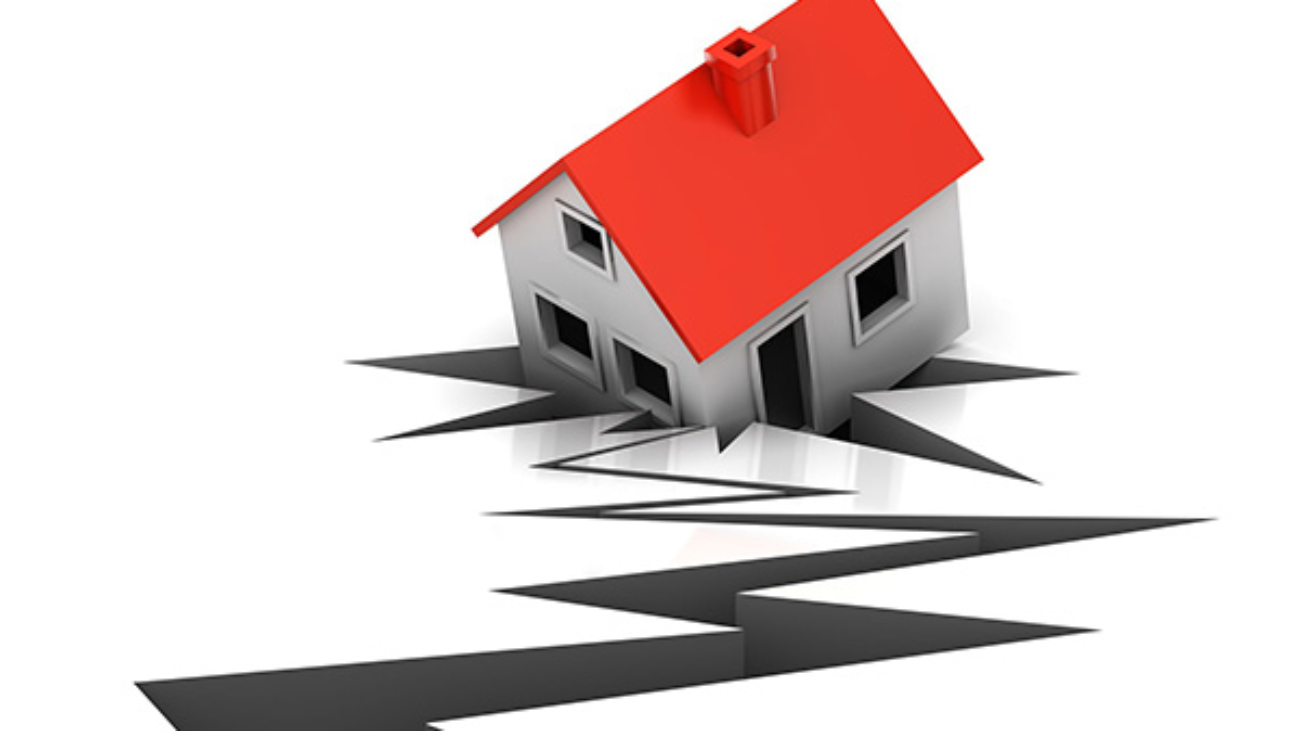Can you imagine working while being exposed to rain, snow, and high winds? Neither can we. Whether in Vancouver or in any other place in the world, that roof in the top of your commercial building assumes an irreplaceable role for you and your business. Do you know what to look for a commercial roofing company in Vancouver from Winter?
Your roof is a defence against the outdoor elements. It protects your business and the people who run it, making sure that you and everyone else is safe under it. In so doing, the roof takes everything that nature throws at it.
Most commercial property owners don’t pay enough attention to the roof until something inconvenient happens, say like a leak. Commercial roofing systems in Vancouver give in to extreme weather irrespective of the material and type.
Don’t wait for the brunt of winter to take its toll on your roof before you acknowledge the need to protect it!
The accumulation of snow and ice on top of your commercial building causes immense damage to the roof, starting with the small components and progressing to the whole structure. If you undermine the value of preventive measures, it might very well be the last winter for your roof.
Taking the appropriate measures to guard your commercial roof against winter isn’t merely about protecting the building; it allows you to be energy-efficient, too. Without protection, even a newly-installed roof won’t reach its expected lifespan.
The Dangers of Winter in Vancouver (and what to look for in a commercial roofing company)
It doesn’t matter if you’re situated in an area with severe or mild winter – protecting your roof is non-negotiable.
A winter protection program begins with the identification of minor issues that are likely to become a major headache once the cold season kicks in. Most of these issues point to the accumulation of snow and thermal movements.
Prepping your roof right before the arrival of winter makes sense since it’s easier to work on a dry roof and warm weather. If you choose not to fix those minor issues, you end up paying top dollar for an emergency commercial roof repair. The dangers that a commercial roof faces during winter include:
1 – Collapse
In Vancouver, snow is heavy. This means you don’t want it to collect on your roof. Winter months usually produce as much as six inches of heavy snow. It corresponds to about 40 pounds of weight that your roof must hold.
If the sun doesn’t come out the next morning, there’s not enough warm temperature to melt the buildup of snow on top of your commercial building. This weight puts a lot of strain, even on an expensive commercial roof.
There’s a chance that a solid roof collapses when the load-bearing components could no longer hold the excessive weight. We don’t need to talk about what happens when the roof collapses.
2 – Ice Dams and Leaks
Because of the extremely low temperatures in the winter, water that collects at the edges of the commercial roof freezes and builds an ice dam.
The ice dam prevents the melted snow from draining, which in turn causes water pooling—pools of water in one part of the roof cause unnecessary stress to the structure.
Over time, the damage increases and leaks begin to appear through the gaps found in between the structural components.
3 – Weakened Roof Due to Temperature Fluctuations
Sub-zero temperatures in the winter aren’t the only cause for concern when it comes to your commercial roof.
The frequent shift from extremely cold to warm temperature may cause contraction and expansion of the roofing material. Cold nights and sunny days put the roof at a compromising situation, weakening its structural integrity in the process.
Commercial Roofing in Vancouver: Ways to Protect your Business
Now that you have a much better understanding of your commercial roof’s susceptibility to the winter elements, it’s time to learn how to protect it.
Look for the Vulnerabilities
You don’t have to do this yourself. Call a trusted commercial roofing company in Vancouver to perform a complete inspection, and do this before winter comes. A professional roofer knows where to look for those areas which are susceptible to damage from snow and ice.
The list includes drainage sites, gutters, curbs, and the roofing membrane. Any sign of buckling and minor damage must be addressed since those components are likely to give in to the incoming season.
Cleaning your Commercial Roof in Vancouver
Your commercial roof is filled with debris without you knowing it. Don’t fall under the trap of combining snow with other unwanted stuff on top of your roof.
Aside from putting your gutters at risk of clogging, the presence of debris left by the summer and fall months puts the entire structure in danger of incurring heavy damage. Adding snow and ice to the debris leads to water overflow, leaks, and possible collapse.
Since you don’t want that to happen on your commercial building, then work on cleaning your roof right before the snow starts to fall.
What to Expect from Commercial Roofing Companies in Vancouver
Snow Removal Plans
If snowfall is guaranteed in your location every winter, it makes sense to devise a plan to remove the snow and ice on the roof. It’s not that difficult to get rid of the snow right before the freezing and thawing cycle.
The challenging part is coming up with an efficient way of doing it. The purpose of a snow removal plan is to help you act fast to prevent the buildup of ice on the roof. Once ice builds up, it becomes doubly challenging to remove it.
Coating System for Added Protection
Treat commercial roof protection as more of a necessity than an option. Embrace the reality that the freezing temperatures of winter alone puts the structure at significant risk of damage.
So, when snow and ice begin to pile up, you don’t want your roof to be devoid of any protection. Investing in an advanced coating system means you get an extra layer that prevents water penetration.
When the snow melts on your roof, water finds its way to existing gaps and flaws. The coating system prevents this from happening.
The best thing about protecting your commercial roof from the havoc of winter is that you don’t have to do anything other than hire a reputable roofing company. Be sure to choose someone who has legitimate experience in handling commercial roofs.









